Disclosure: This article contains affiliate links. We may earn a commission from purchases at no extra cost to you, which helps our travel content.
The cobblestone streets of Ouro Preto twist beneath my feet like the pages of an unfinished novel, each turn revealing another chapter of Brazil's gold rush history. At 61, I've hiked trails across five continents, but there's something uniquely compelling about traversing the same paths that 18th-century miners once trod in search of fortune. This UNESCO World Heritage city, nestled in the mountains of Minas Gerais, offers far more than its famed Baroque architecture and colonial charm. Beyond the ornate churches and museums lies a network of trails that weave through the surrounding Serra do Espinhaço mountains, telling tales of ambition, exploitation, and natural wonder. For my fellow adventurers seeking something beyond the typical Brazilian beach holiday, I present my week exploring Ouro Preto's gold trails—where history and hiking create an intoxicating blend of cultural immersion and physical challenge.
Preparing for Ouro Preto's Altitude and Terrain
When I first contemplated hiking Ouro Preto's historic trails, I underestimated the physical demands of this mountainous region. Sitting at approximately 1,150 meters (3,770 feet) above sea level, the city itself requires acclimatization, particularly for those of us with a few more years in our legs. The surrounding trails climb considerably higher, with some routes ascending another 500+ meters through terrain that alternates between dense Atlantic Forest remnants and exposed rocky paths.
I spent my first two days in town adjusting to the altitude while exploring the historic center—a practical approach that allowed me to appreciate the colonial architecture while giving my body time to adapt. This gradual introduction proved invaluable when tackling the more strenuous trails later in the week.
For equipment, I relied heavily on my trusty trekking poles which proved essential for navigating the often steep and sometimes slippery paths. The cork handles maintained their grip despite my sweaty palms in the Brazilian humidity, and the adjustable length feature was perfect for both ascents and descents.
The weather in Ouro Preto's fall season (March-May) brings cool mornings that warm to pleasant afternoons, with occasional afternoon showers. Layering is essential, as temperatures can vary significantly between shaded forest sections and exposed ridgelines. My typical hiking outfit consisted of moisture-wicking base layers, convertible hiking pants, and a light rain shell that packed down small enough to fit in my daypack's side pocket.
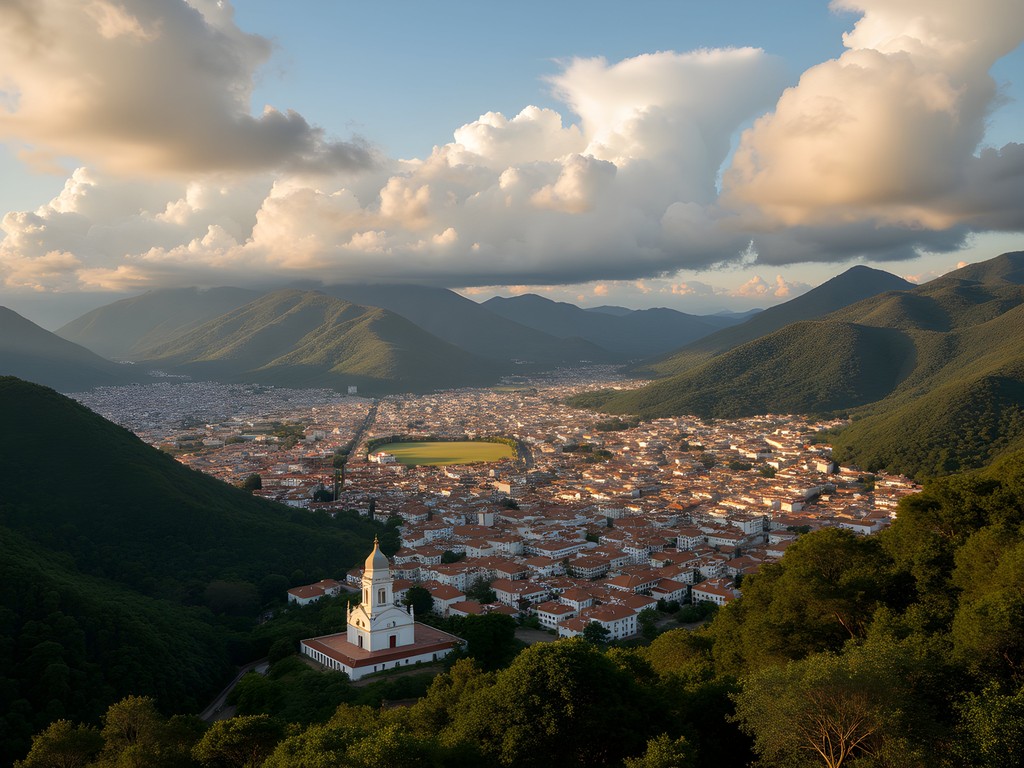
💡 Pro Tips
- Spend at least one full day in Ouro Preto before attempting longer hikes to acclimatize to the altitude
- Pack both sun protection and rain gear regardless of forecast—mountain weather changes rapidly
- Carry at least 2 liters of water per person, as many trails have limited water sources
Estrada Real: Walking the Royal Road
The centerpiece of any hiking adventure in the region is undoubtedly the Estrada Real (Royal Road), the historic route used to transport gold and diamonds from the mines of Minas Gerais to the ports of Rio de Janeiro during colonial times. While the complete trail network spans over 1,600 kilometers, the sections around Ouro Preto offer perfectly manageable day hikes that combine historical significance with natural beauty.
I set out early one morning with Marcos, a local guide whose family has lived in the region for generations. His knowledge of both the official paths and hidden shortcuts proved invaluable. We began our journey at the trailhead near Praça Tiradentes, Ouro Preto's main square, and headed east along what was once the primary artery of Brazil's economic lifeblood.
The trail alternates between well-preserved stone pathways—laid by slaves centuries ago—and sections reclaimed by nature where the path narrows to single-track through lush vegetation. Marcos pointed out subtle markings on stones that indicated official distance markers from the colonial era, some still bearing the faded coat of arms of the Portuguese crown.
About three hours into our hike, we reached a natural overlook where the valley opened before us. The vista was breathtaking—rolling mountains carpeted in green, with the occasional glint of a church spire in the distance. This spot, Marcos explained, was once a checkpoint where colonial authorities would inspect gold shipments for the royal fifth tax.
I captured the sweeping landscape with my mirrorless camera, which has become my faithful companion on these adventures. Its lightweight design makes it ideal for hiking, while the weather-sealing has protected it through countless tropical downpours. The electronic viewfinder proved particularly valuable in the harsh midday Brazilian sun, allowing me to compose shots that truly captured the dramatic landscape.
As we continued, the trail revealed remnants of mining operations—stone foundations, water channels, and the occasional rusted piece of equipment from later industrial efforts. These silent witnesses to history made the hike feel like an archaeological expedition as much as a nature walk.
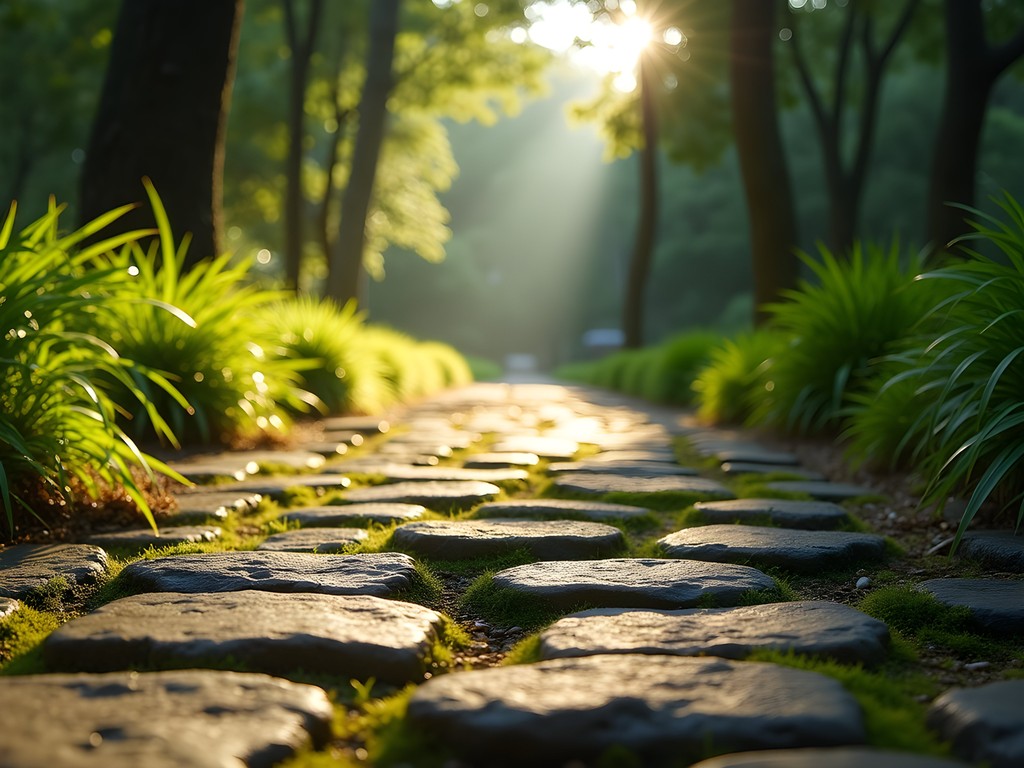
💡 Pro Tips
- Hire a local guide for Estrada Real hikes to learn about hidden historical details and avoid getting lost on unmarked trail sections
- Start early (around 7:00 AM) to avoid afternoon thunderstorms common in the region
- Pack a lunch to enjoy at one of the scenic overlooks—there are no facilities along most trail sections
Itacolomi State Park: Wilderness Beyond the Gold Rush
While Ouro Preto's gold trail history is fascinating, I found myself equally drawn to the natural wonders of Itacolomi State Park, located just 8 kilometers from the city center. The park's name comes from the distinctive Itacolomi Peak, which resembles a 'stone boy' (the meaning of the indigenous Tupi word) and served as a navigation landmark for colonial explorers.
Accessing the park requires either a 4x4 vehicle or arranging transport through your accommodation. I opted for the latter, joining three fellow hikers from my pousada for the bumpy ride to the park entrance. Unlike the historical trails closer to town, Itacolomi offers a wilder experience with well-marked but more challenging paths through Atlantic Forest ecosystems.
The main trail to Itacolomi Peak is approximately 12 kilometers round trip with an elevation gain of about 700 meters—a full day's commitment for even experienced hikers. The path begins gently enough, winding through forest that harbors remarkable biodiversity. My companions and I spotted toucans, marmosets, and a bewildering array of butterflies that seemed to dance alongside us as we walked.
As we gained elevation, the forest gradually gave way to campos rupestres, high-altitude rocky grasslands dotted with unique plant species adapted to the harsh conditions. These open areas afforded spectacular views across the mountain range, with Ouro Preto appearing as a tiny collection of white buildings in the distant valley.
The final approach to the peak requires some scrambling over boulders—nothing technical, but certainly demanding careful footing. At 61, I've learned to respect my limitations while refusing to be defined by them. I took my time on this section, letting my younger companions surge ahead while I maintained a steady, deliberate pace.
Reaching the summit was worth every labored breath. At 1,772 meters (5,814 feet), Itacolomi Peak offers a 360-degree panorama that encompasses much of southern Minas Gerais. On clear days, they say you can see all the way to the neighboring state of Espírito Santo. We weren't quite so lucky with visibility, but the swirling clouds moving through the valleys below created an ethereal landscape that felt like something from another world.
For this challenging hike, my hiking boots proved their worth repeatedly. The waterproof Gore-Tex kept my feet dry through morning dew and afternoon showers, while the aggressive tread provided confidence on both muddy forest floors and slippery rock faces. After seven years and countless trails across multiple continents, these boots continue to offer the perfect balance of support and flexibility.
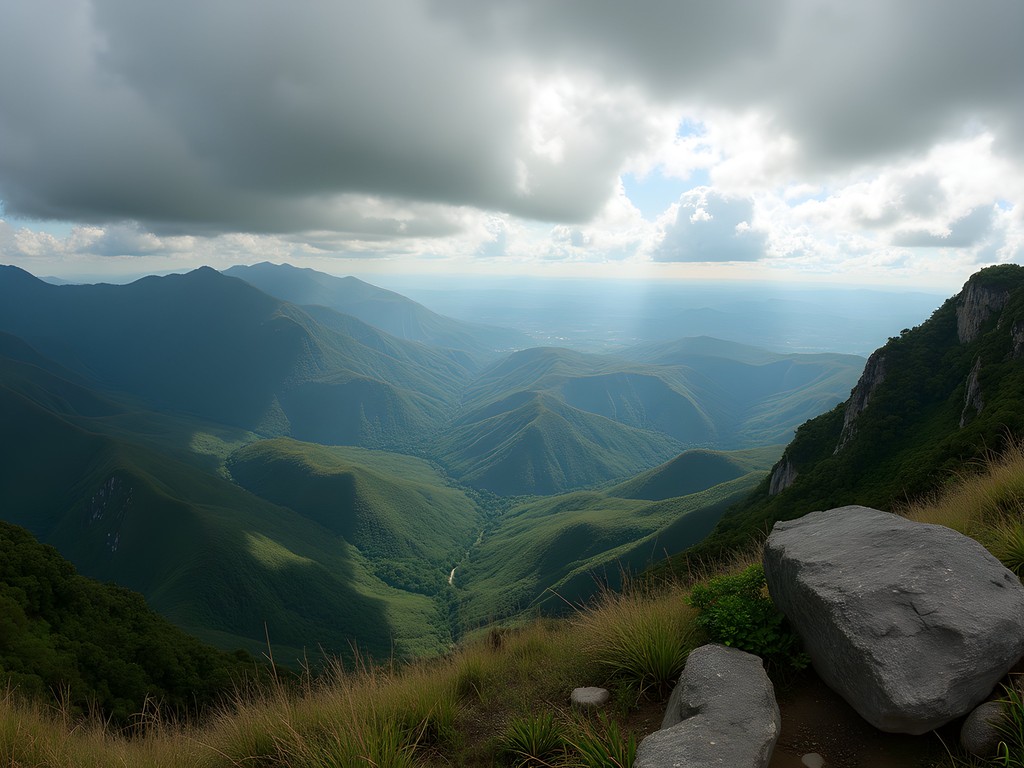
💡 Pro Tips
- Reserve a full day for the Itacolomi Peak hike and start no later than 8:00 AM to ensure return before dark
- Register at the park office and check weather conditions—the peak is dangerous during thunderstorms
- Bring warm layers even on sunny days as temperatures at the peak can be 10°C cooler than in Ouro Preto
Lavras Novas: The Hidden Gem for Waterfall Chasers
While researching this trip, I stumbled across mentions of Lavras Novas, a small district about 25 kilometers from Ouro Preto that promised a different kind of hiking experience. Once a quilombo (settlement founded by escaped enslaved people) and later a mining community, today this sleepy village serves as a gateway to some of the region's most spectacular waterfall hikes.
I arranged a day trip through my pousada, though public buses run the route a few times daily for the more budget-conscious traveler. The road to Lavras Novas winds through hills that gradually become more lush and verdant than the immediate surroundings of Ouro Preto, hinting at the water-rich environment ahead.
The village itself is charming in its simplicity—a collection of whitewashed buildings with colorful trim surrounding a small church plaza. After a quick café and pão de queijo (Brazilian cheese bread) at a local bakery, I met Paulo, my guide for the day's waterfall circuit.
"We have more than fifteen waterfalls within hiking distance," Paulo explained as we set out, "but today we will visit the three most beautiful ones that can be reached in a single day's hike."
Our first destination was Cachoeira do Fogão (Stove Waterfall), named for the curious rock formation that resembles an old wood-burning stove. The trail there was moderately challenging, cutting through dense vegetation before opening to reveal the 15-meter cascade tumbling into a perfect natural swimming pool. Despite the cool autumn air, several young Brazilians were enjoying the waters, their laughter echoing off the surrounding rock walls.
The path to the second waterfall, Cachoeira das Três Quedas (Three Falls), proved more demanding. The trail narrowed considerably, with sections requiring us to use tree roots as natural handholds. My hiking daypack proved its worth here, staying close to my body without shifting weight as I navigated the technical sections. Its multiple compartments kept my camera accessible while securing my water and snacks, and the integrated rain cover deployed quickly when we encountered a brief but intense afternoon shower.
Três Quedas revealed itself gradually—first the sound, then glimpses through the trees, and finally the full glory of three distinct cascades dropping into successive pools. Paulo explained that during the rainy season (November to February), the three separate streams merge into one thunderous waterfall, but I found the autumn flow perfectly captivating in its delicate division.
Our final destination, Cachoeira do Manso (Gentle Waterfall), belied its name with a 25-meter drop that created a constant mist, feeding the lush microclimate of ferns and bromeliads clinging to nearby rocks. Here we paused for a late lunch of packed sandwiches and fruit, the waterfall providing nature's soundtrack to our meal.
As an older traveler who has seen his fair share of natural wonders, I've become increasingly selective about what truly impresses me. The waterfall circuit of Lavras Novas easily earned its place among my memorable hiking experiences—not just for the beauty of the cascades themselves, but for the remarkably diverse ecosystems we traversed between them.

💡 Pro Tips
- Wear quick-drying clothes and bring a small towel if you plan to swim in the waterfall pools
- The waterfall circuit is slippery even in dry weather—consider hiking poles or sturdy shoes with excellent traction
- Book a guide in advance during high season (December-February and July) as they can be in short supply
Evening Rewards: Ouro Preto's Culinary Scene After a Day on the Trails
One of the great joys of physically demanding days on mountain trails is the guilt-free pleasure of indulging in hearty regional cuisine come evening. Ouro Preto, despite its relatively small size, offers a surprisingly sophisticated culinary scene that beautifully rewards tired hikers.
As a novelist who has spent decades crafting characters and plots, I've always been drawn to establishments with stories to tell. In Ouro Preto, restaurants are often housed in centuries-old buildings where the weight of history is as palpable as the aroma of simmering feijão tropeiro (a traditional bean, sausage, and manioc dish).
My favorite evening ritual became claiming a corner table at Restaurante Casa dos Contos, housed in a former gold taxation office dating back to 1782. The stone walls that once secured the colony's wealth now embrace diners exploring the flavors of Minas Gerais cuisine. After particularly challenging hikes, I found myself gravitating toward their signature dish, leitão à pururuca—roasted suckling pig with impossibly crispy skin that crackles between your teeth.
For more casual evenings, the boteco culture of Brazil provides perfect respite for weary legs. These neighborhood bars serve simple but delicious petiscos (Brazilian tapas) alongside ice-cold chopp (draft beer). Boteco do Geraldo became my regular haunt, where locals and visitors mingle freely. Their coxinha (chicken croquettes) paired with a caipirinha made with local cachaça became my standard order—the tart lime and sugar somehow perfect for muscles recovering from mountain exertions.
One evening, following our Estrada Real hike, Marcos invited me to join his family for dinner at their home on the outskirts of town. This proved to be the culinary highlight of my trip—his wife Maria served homemade cheese bread still warm from the oven, followed by a traditional chicken and okra stew that had been simmering all day. As we dined on their terrace overlooking the twinkling lights of Ouro Preto below, Marcos shared stories of growing up in a family that had lived in the region for nine generations.
"The mountains here," he said, passing me a glass of homemade jabuticaba liqueur, "they get in your blood. Even those who leave always feel them calling."
Sitting there, muscles pleasantly fatigued from the day's adventure, watching fireflies dance against the silhouette of mountains that had witnessed centuries of human ambition, I understood exactly what he meant.
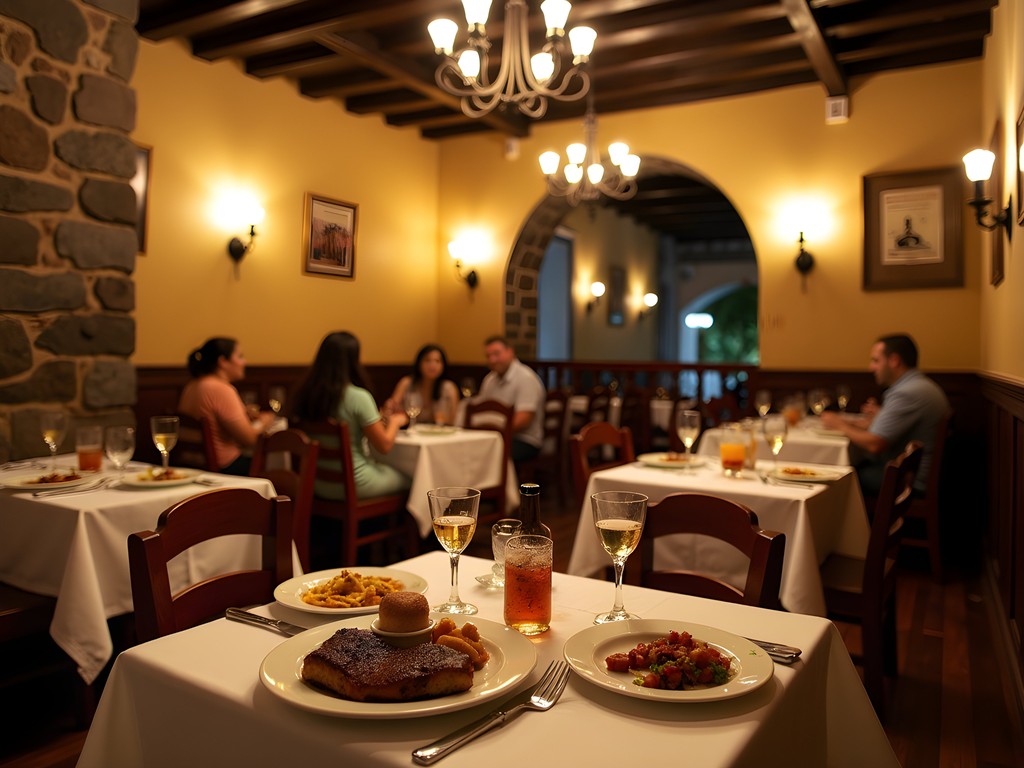
💡 Pro Tips
- Make dinner reservations for popular restaurants like Casa dos Contos, especially on weekends when domestic tourists fill the town
- Try at least one meal at a local family home—many pousadas can arrange this authentic experience
- Ask for the local cachaça recommendations—the Minas Gerais region produces some of Brazil's finest artisanal varieties
Final Thoughts
As my week of hiking Ouro Preto's gold trails drew to a close, I found myself standing once more in Praça Tiradentes, watching the late afternoon sun gild the façade of Nossa Senhora do Pilar Church. The symbolism wasn't lost on me—this town built on gold still transforms ordinary light into something precious, just as it had transformed my understanding of Brazil beyond the beaches and rainforests that dominate foreign imaginations.
For travelers willing to venture into these historic mountains, Ouro Preto offers a rare combination of physical challenge, cultural immersion, and historical significance. The trails that once carried colonial wealth now bear a different kind of riches—the stories of Brazil's complex past and the natural splendor that remains when gold fever has long subsided.
I came seeking adventure in these colonial mountains but discovered something more valuable: a deeper connection to a country I thought I knew from previous visits to Rio and São Paulo. Like the best novels, Ouro Preto reveals itself gradually, each trail a chapter in an ongoing story that rewards those patient enough to read beyond the first page. I'll be back—these mountains, as Marcos said, have a way of getting in your blood.
✨ Key Takeaways
- Ouro Preto offers hiking experiences that combine historical significance with natural beauty—a rare combination in Brazil's tourism landscape
- The region requires proper acclimatization due to altitude and challenging terrain—plan accordingly, especially for older travelers
- Local guides enhance the experience tremendously by revealing historical context and hidden spots not found in guidebooks
- The shoulder seasons (April-May and September-October) offer the best combination of stable weather and fewer crowds for optimal hiking conditions
📋 Practical Information
Best Time to Visit
March to May (fall) or September to November (spring) for mild temperatures and lower rainfall
Budget Estimate
$75-150 USD per day including mid-range accommodation, meals, and guided hikes
Recommended Duration
5-7 days to properly explore the various trails and allow for rest days
Difficulty Level
Moderate To Challenging, With Significant Elevation Gains And Some Technical Sections
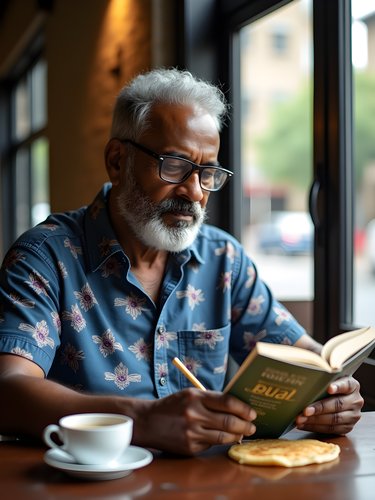

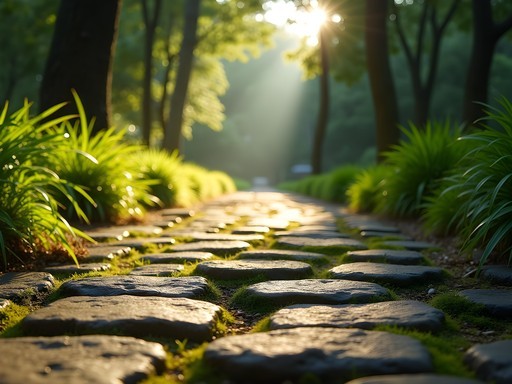













Comments
Sarah Powell
Preston, your insights on Ouro Preto's hiking scene are spot on. I visited during the shoulder season last year and found it offered the perfect balance of mild weather and fewer tourists on the trails. The historical layering of this region is what makes it exceptional - you're not just hiking through beautiful terrain, but through centuries of fascinating colonial history. For those planning a visit, I'd add that the Botanical Garden trail offers a gentler option for acclimatization day. The biodiversity there is remarkable, with several endemic species. Also worth noting that while the main trails are well-marked, some of the connecting paths in Itacolomi can be confusing after rain washes away trail markers. I downloaded offline maps before heading out each day, which saved me more than once. Looking forward to your next adventure!
Preston Henry
Thanks Sarah! Great tip about the Botanical Garden trail - I missed that one. And you're absolutely right about offline maps. The historical layering is what makes these hikes so special.
summerguide
Those waterfall photos are stunning! Adding this to my bucket list right now!
Preston Henry
Thanks! They're even better in person, I promise!
travelway6409
Great write-up! For anyone planning to visit, I'd add that the local buses to Lavras Novas can be tricky to figure out. We ended up sharing a taxi with another couple we met at our pousada, which worked out cheaper than expected. Also, don't miss trying the local cachaça after your hike - there are some amazing artisanal varieties that you won't find elsewhere in Brazil!
sunsetstar
I visited Ouro Preto two years ago but didn't know about these hiking opportunities! We mostly stuck to the town itself and did a day trip to Mariana. Really wish I'd read this before going - those waterfall trails in Lavras Novas look incredible. The cobblestone streets were already challenging enough on my knees though! Preston, did you find any particular footwear worked best for both the colonial streets and the natural trails? Planning to return someday and do it properly this time!
travelway6409
Not Preston, but I was there last year and found that sturdy trail runners were perfect for both the town and trails. The cobblestones are brutal on regular shoes, and you definitely need good ankle support. The streets in town are steeper than they look in photos!
Douglas Bradley
Preston, your piece beautifully captures the juxtaposition of colonial history and natural beauty that makes Ouro Preto so special. I visited last year and was equally captivated by the Estrada Real trails. One aspect I'd emphasize for readers is the dramatic temperature shifts in the mountains - mornings can be quite cool while afternoons heat up considerably. I found using a layering system essential for comfort throughout the day. Your section on Lavras Novas was particularly valuable - those waterfalls were the highlight of my trip, yet they're often overlooked in standard guides. Did you make it to Cachoeira das Andorinhas? The hike there was challenging but worth every step.
Preston Henry
Thanks, Douglas! You're absolutely right about those temperature shifts - I should have emphasized that more. And yes, I did make it to Cachoeira das Andorinhas! Truly spectacular, especially after the recent rains when I visited. The local guide told me it's much less impressive during dry season, so timing matters.
islandvibes
This looks amazing! I'm heading to Brazil next month and considering adding Ouro Preto to my itinerary. How difficult would you say the hiking is for someone with moderate experience? And did you find it easy to navigate the trails without a guide?
Preston Henry
The trails vary in difficulty, but most are moderate. The altitude (around 1,200m) can make things more challenging if you're not acclimated. I'd recommend spending your first day in town before tackling the longer hikes. Most trails in Itacolomi are well-marked, but for the Estrada Real sections, having a local guide really enhanced the experience with historical context!
islandvibes
Thanks for the tip about acclimating first! Will definitely plan for that. Did you book your guide in advance or find one there?
redpro
How's the cell service on these trails? Need to stay connected for work emergencies.
moontime
It was spotty for us in Itacolomi Park, but decent on the Estrada Real parts closer to town. Lavras Novas had surprisingly good coverage!
Preston Henry
Moontime is right - it varies. I found 4G in town and along parts of Estrada Real, but it disappeared in the more remote sections of Itacolomi. If you need guaranteed connection, stick to the trails closer to civilization.
roamlegend
Just got back from Ouro Preto last month and this post brought back all the memories! That hike to Itacolomi peak nearly killed me (I'm not as fit as Preston clearly is at 61!), but the views were worth every painful step. One tip for anyone going - the trails after rain get SUPER slippery with that red clay soil. Also, don't miss the little restaurant in Lavras Novas that serves pão de queijo fresh from a wood-fired oven. It's just off the main square and the owner has photos of all the waterfalls with directions. My favorite was Cachoeira do Cruzado - hardly anyone there even on a weekend. Preston, did you make it to that one?
luckybackpacker
Going there next month! How's the weather in September?
roamlegend
September is perfect! Dry season, cool mornings, warm afternoons. Pack layers though - those mountain temps drop at night.
Hunter Thompson
Preston, your post couldn't have come at a better time! I'm planning my first Brazil trip for November and just added Ouro Preto to my itinerary. That warning about the altitude is gold (pun intended). Most people don't realize colonial mountain towns can hit you hard if you're coming straight from coastal areas. Did you find that three days was enough for the hiking trails? I'm thinking of spending 5 days to really explore those Lavras Novas waterfalls you mentioned. Also, did you need any special permits for Itacolomi? Your description of those granite formations has me proper excited!
roamlegend
Not Preston, but I did Ouro Preto last year. Definitely go for 5 days if you can! The altitude hit me harder than expected and I wasted a day adjusting. The Lavras Novas waterfalls are worth a full day alone.
Hunter Thompson
Thanks for the tip! Did you need to book a guide for any of the trails or are they well-marked enough to do solo?
roamlegend
The main trails are well-marked, but I hired a local guide for one day to learn about the gold mining history. Made a huge difference! Just ask at your pousada, they usually know someone reliable. I used my hiking poles and was glad I had them on those cobblestone streets!
Venture X
Premium card with 2X miles, $300 travel credit, Priority Pass